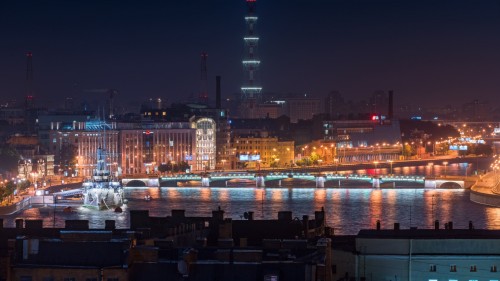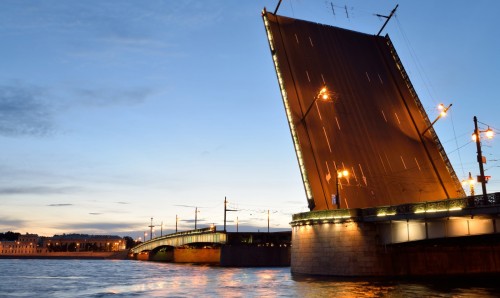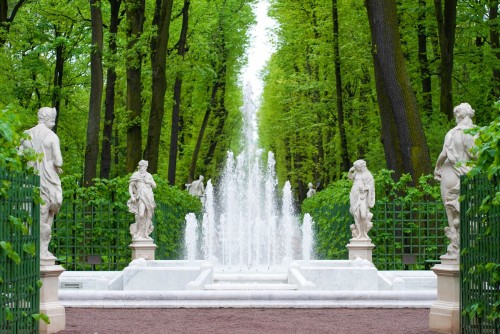Our Neighborhood

Foundry yard
Hotel Indigo’s striking facade, decorated with original caryatids and atlantes, immediately draws the eye towards what is one of St Petersburg’s great architectural gems. This beautifully restored seven-storey neoclassical mansion has a special place in the necklace of eminent buildings of that once lined Sergievskaya Street, the city’s most aristocratic address. Neighboring residences housed the nobility and leading statesmen including Count Apraksin, Countess Yusupova, Prince Trubetskoy and Grand Duchess Olga Alexandrovna.
Later, the street was renamed in memory of another famous resident, Pyotr Ilyich Tchaikovsky.
Between 1852-1853, the great composer lived on this street at number 41 and studied at the Imperial School of Law on the corner of the Fontanka embankment. But this part of the city dates back much further — to the pre-Petrine era.

Sergius Church
Another building with a turbulent history can be seen from the windows of the hotel’s upper floors.
In 1931 the revered St Sergius Church was demolished to make way for this infamous «big house» — headquarters of the interior ministry and secret police.
In contrast, at the nearby crossroads of Pestel Street and Liteiny Prospekt stands the legendary Moorish-style Muruzi House. One of the most celebrated places on the city’s literary map, over the years it has welcomed numerous poets, philosophers and writers, many of whom subsequently suffered at the hands of the Soviet regime. In particular, the writer Nikolai Leskov, poets Dmitry Merezhkovsky and Zinaida Gippius, and Joseph Brodsky lived in this building. Nikolai Gumilev, Alexander Blok, Vyacheslav Ivanov, Andrey Bely and others were regular visitors.

Summer garden
The hotel is especially proud of its proximity to the fabulous Summer Garden. The first formal garden in the city, this magical retreat was opened just a year after the founding of the new capital. Wishing to have a garden «better than Versailles», Peter I played an active role in its design and execution. Drawing on his boundless energy and enthusiasm he brought in rare flowers and trees, marble sculptures by Venetian masters and delightful fountains.
Some elements of this impressive space were subsequently lost, but were recently recreated in a full-scale reconstruction. Today it once again captures the spirit of Peter’s elaborate court life — of noble gatherings, balls and grand festivities. Within this green retreat stands Peter’s Summer Palace, wonderfully evocative of the Petrine era.
The intriguing heritage of Hotel Indigo’s distinguished surroundings provided boundless inspiration for the design of the hotel’s interiors. Murals of iridescent metal and delicate sculptures bring the architectural wonders of the Foundry Yard, the Summer Garden and neighboring palaces into the hotel’s richly characterful rooms. Images of graceful ballerinas enliven the spacious suites and guest corridors, conjuring up the harmony and energy of Tchaikovsky’s finest works.









